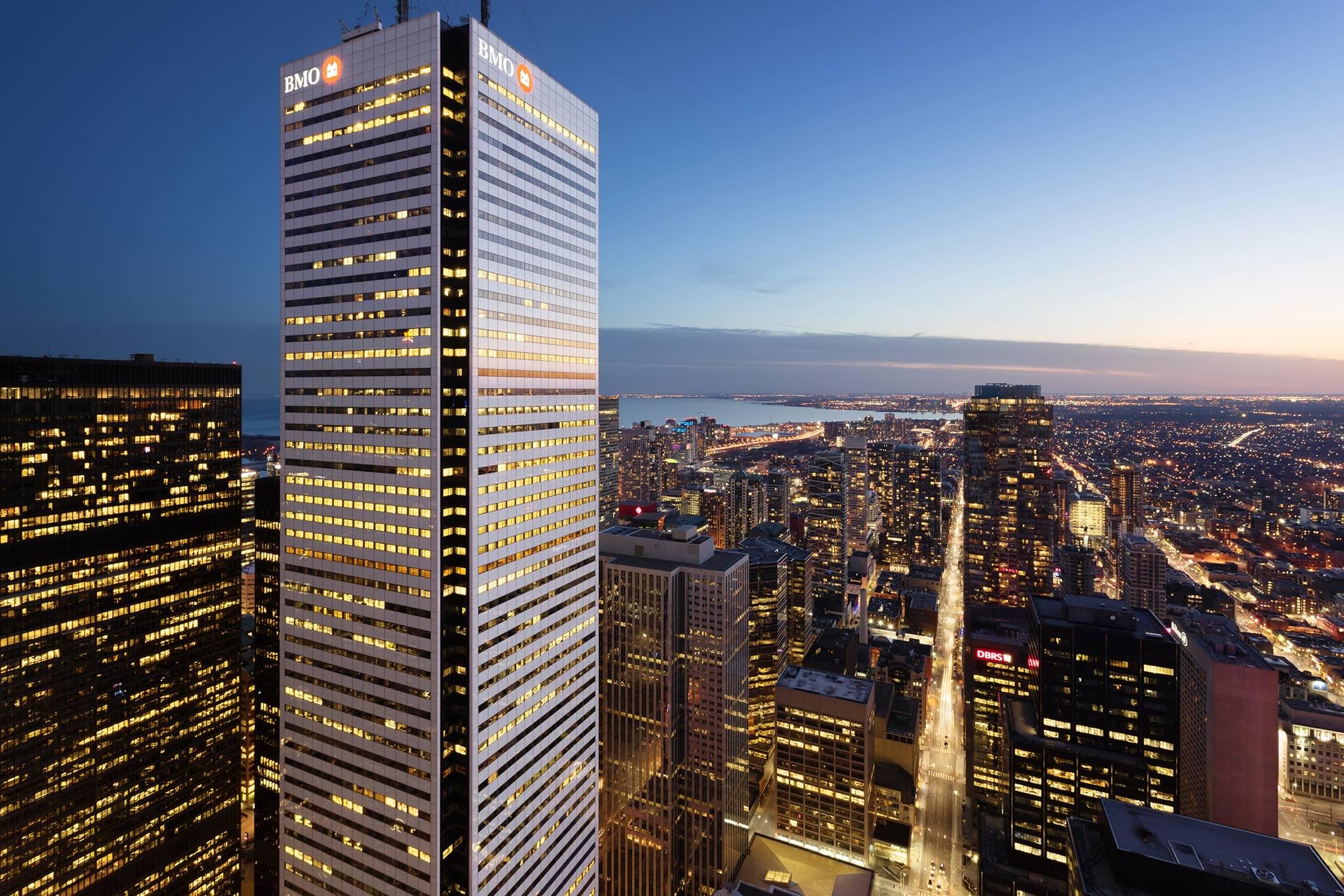Ground Lease Overview
General Framework
A ground lease is a long-term agreement where a tenant leases land from the property owner to develop, operate, or maintain a building or other improvements
Investment Highlights
Safest position in the capital stack
Built in revenue growth
Inflation protection
Unrealized capital appreciation
Rising rates = attractive origination opportunities
Falling rates = attractive refinance opportunities
Ownership Structure Comparison
| Aspect | Ground Lease | Fee Simple Ownership |
|---|---|---|
| Ownership | Landlord owns the land; tenant owns the improvements during the lease term. | Owner holds both land and improvements outright. |
| Lease Term | Typically 50–99 years; improvements revert to landlord at lease end. | Permanent ownership with no expiration. |
| Control | Tenant controls improvements but must comply with lease terms; landlord retains land rights. | Full control over land and improvements. |
| Income Stream | Landlord receives predictable, inflation-adjusted rent payments. | Owner may generate income through leasing or operations. |
| Capital Stack Position | Landlord holds senior position; rent payments have priority over other financial obligations. | Owner bears all financial responsibilities and risks. |
| Reversionary Rights | At lease end, land and improvements revert to landlord, often increasing asset value. | Not applicable; owner retains all rights indefinitely. |
| Risk Profile | Lower risk for landlord due to stable income and asset appreciation. | Higher risk and reward potential; subject to market fluctuations. |
Examples of Ground Leases
One World Trade Center
New York, NY
The Shard
London, England
Claridge’s Hotel
London, England
Regent Street
London, England
Rockefeller Center
New York, NY
First Canadian Place
Toronto, Canada
Tokyo Midtown
Tokyo, Japan
Panama Canal
Panama City, Panama
The "Pearl of Real Estate"
Ground leases—sometimes referred to as the "Pearl of Real Estate"—offer a rare combination of stable, predictable, inflation-protected income along with long-term capital appreciation. This investment model separates the ownership of land from the ownership of any buildings or improvements constructed on it. Investors in ground leases retain ownership of the underlying land while generating long-term income from tenants who develop and operate structures on that land.
A Legacy of Urban Development
Ground leases have played a central role in urban development for centuries, particularly in major metropolitan areas such as New York City, London, and Washington, D.C. This arrangement allows landowners to maintain perpetual control of their real estate assets, while providing tenants (often developers or commercial operators) with the right to use the land for a specified period—typically up to 99 years. This dual benefit supports both capital preservation and economic expansion.
Long-Term Stability and Predictability
One of the primary appeals of a ground lease is its longevity. With terms often ranging from 50 to 99 years, both landlords and tenants benefit from long-term predictability. Upon lease maturity, all improvements—such as buildings or infrastructure—typically revert to the landowner without any additional compensation. These improvements often carry significant value, far exceeding the lease payments received during the term, effectively enhancing the landowner’s overall return.
Income Structure: A Royalty-Like Model
Unlike traditional rental income or dividends that rely on a tenant’s net income, ground lease payments are extracted directly from top-line revenue. This prioritization makes the income more secure and less susceptible to operational risk. The payment structure more closely resembles a royalty, ensuring that the landowner receives compensation before the tenant covers operating costs, loan payments, or other obligations.
Inflation Protection and Senior Positioning
Ground leases typically include scheduled rental escalations, often tied to inflation indices or periodic market adjustments. This ensures that the landowner's income retains its real value over time. Additionally, because the landlord owns the land—a finite and appreciating asset—they occupy the most senior position in the capital stack. In case of tenant default, any mortgage lender involved must continue lease payments or risk forfeiting the improvements to the landowner, often at a substantial discount to their market value.
Downside Protection and Compounding Value
This legal and financial structure provides considerable downside protection and a compelling risk-adjusted return profile. Even in distressed scenarios, the landowner has strong legal protections and a valuable claim on both land and improvements. Over time, the underlying land typically appreciates due to infrastructure development, increased density, and rising demand in urban areas. Combined with the reversion of valuable improvements, this creates a powerful compounding effect on the total asset value.
Conclusion
Ground leases offer a compelling investment opportunity, delivering stable, inflation-protected income with lower risk than traditional equity or debt instruments. As investors continue to prioritize assets that balance income stability with long-term inflation hedging, ground leases are increasingly gaining attention. Notably, ground leases are not just defensive plays—they are growth-oriented as well. Over time, lease payments typically escalate, while the underlying land and the improvements upon it appreciate in value. Ultimately, these assets revert to the landowner at the end of the lease term, enhancing the long-term total return profile of the investment.
Let’s Talk
Jeffrey Goodman
jeff@woodlockcapital.com
(516) 644-0104 / LinkedIn
Andy Batkins
andy@woodlockcapital.com
(678) 595-6254 / LinkedIn









